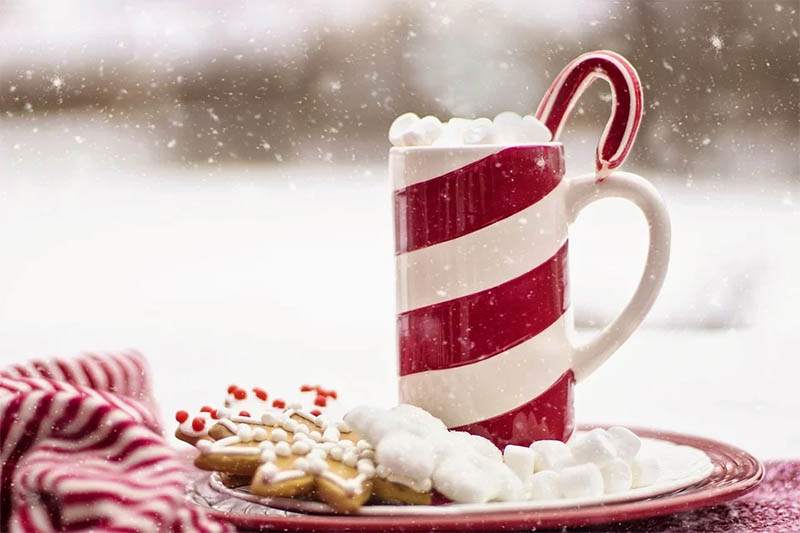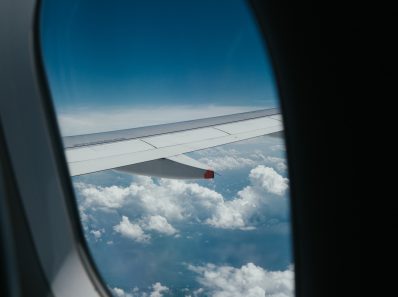As every year from the beginning of December our cities are lit up for the party. Illuminations of all shapes and sizes decorate the various streets of the center and large Christmas trees and ice skating rings appear in all the main squares. All this announces that Christmas is approaching, the party par excellence, the most beautiful party of the year.
Expected and loved especially by those with small children, but felt by everyone, young and old.
A day of joy and sharing dedicated to the family, the culminating moment of a journey that traditionally kicks off on 8 December, a day dedicated to home decoration, the Christmas tree is decorated and the nativity scene is prepared.
When I had small children it was different, Christmas was very heartfelt, it was experienced as a magical period, we looked forward to December 8 to make the tree and the crib. Now they are all big and I gravitate between the 58% who find it tiring to decorate their home and the 17% who do not decorate it, this varies depending on where we celebrate, if all the relatives are at my house or if I am a guest to someone.
To make the home decorations less boring, I decided to give myself crazy joy by buying a new artificial tree, since the historic one two years ago, after many activities, folded on itself and abandoned us, and a new garland to hang out from the door.
For the decorations I use those of the past years red balls, white and silver bows, white lights.
I decided not to make the crib. When children were small it was the highlight of our decorations. I created the landscape with the river, I arranged the houses and the children put the statuettes, characters and animals. Every day it underwent changes because the children enjoyed playing with the figurines and positioning them differently.

Trends of the year
- the traditional with red and white decorations
- chick with white and silver or white and gold decorations
- roccocò with sparkling decorations in gold and peacock
- blue for children with a tree full of color, puppets, packages and sweets
- natural materials increasingly in fashion, such as pine cones, or wooden decorations
- photographs and writings are the latest in decorations
After so much reading I discovered myself traditionalist and also curious. Yes, because while I was reading the various types of decorations I got a great desire to know where these traditions that we continue to carry with us over the centuries come from and I discovered that:
December 25th
It has always been celebrated on December 25th since ancient times, well before the birth of Christianity.
Already Celts celebrated on December 25, being close to the winter solstice. They celebrated the “rising sun” by setting fire to a fir because they believed that this tree, evergreen even with the cold of winter, had magical powers and was propitiatory for the return of the sun and propitiatory for long life.
Christmas Tree
The origin of the Christmas tree as we know it today, was born in the medieval period in Germany as a religious game. On December 24, the squares were filled with fruit trees with apples hung to represent the trees and the abundance of heaven. Later the fruit trees were replaced by firs because they were considered “magical“.
Only at the end of the seventeenth in Germany the tree entered the house and slowly spread throughout Europe.
The first to light a Christmas tree in 1882 was Edward Hibberd Johnson (Thomas Edison’s inventor / partner) who decided to twist a string of light bulbs around his tree.

The Garland
It is the most used decoration in the world to decorate homes during the Christmas period. From the earliest times, the wreath represented victory.
Already in the Roman Empire, the winning athletes were crowned with a laurel wreath which was then hung on its door to signal the victory. The circular shape represented eternity and infinity.
The garlands with candles inside were already used in pre-Christian times in Germany to mitigate the arrival of darkness, as a good omen and to illuminate their huts until spring. With the advent of Christianity and the birth of Christmas, Christians appropriated the custom of burning candles as a symbol of light and hope, and the wreath fell into disuse.
It reappeared on US ports in the 18th century and subsequently spread to other countries, especially in northern Europe.


